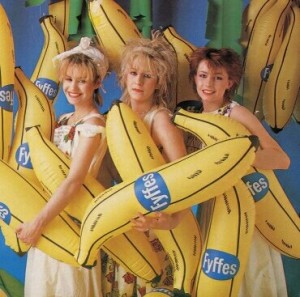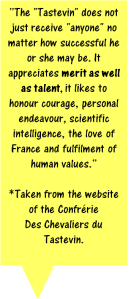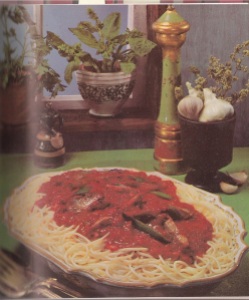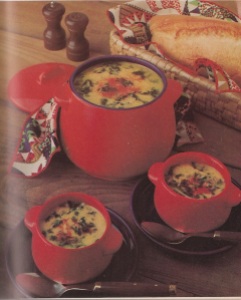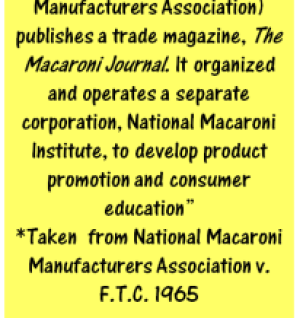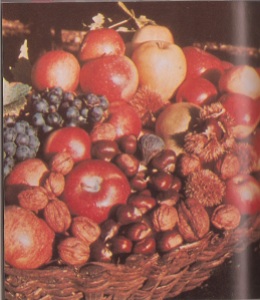I’m not flat-out saying that the photographer of the Australian Vegetable Cookbook was a psychopath (he’s probably still alive and looking for his next victim)….I’m just saying that I wouldn’t be entirely surprised if that was the case.
Why would I even suggest such a thing? Let’s just look at selection of photos:
Beetroot:
Broccoli:
Celery:
Eggplant…this is about where I started to see the pattern…
Lettuce:
Mushrooms:
Onions:
Parsnip:
Just in case you still haven’t got it, there is an almost always completely unnecessary knife in all of these pictures. Sometimes it is coyly half hidden (Broccoli, onions) or off to the side, (mushrooms) but quite often front and centre, and in the case of the eggplant, gleaming evilly to boot.. It got to the point where I was searching pictures Where’s Wally style looking for the next one….I started to get disappointed when I didn’t find one. It was like a pictorial Stockholm Syndrome.
There is also a really scary looking chopper in the photo for Kohlrabi. I don’t know much about Kohlrabi and maybe in Kohlrabi circles these implements are de rigueur but seriously this looks like it should belong in “50 Shades of Grey”, not in a vegetable cookbook!
Given this predilection, I couldn’t help reading the recipe for Broad (Fava) Beans and Bacon in full Hannibal Lector voice, finishing with “to be eaten with a glass of Chianti, Clarisse”. I’m such a geek…
One of the best things about this book, and completely non-psychopathic is the pen and ink drawings of each vegetable. These are lovely!
I can see a range of these printed onto tea towels etc, as high-end kitchen ware. Imagine the peas above with a little bobble fringing….so vintage chic!
Along with the pen and ink drawings, there are notes about the history, cultivation and some other fun facts about each vegetable These can be interesting but, if you tend to be little bit….OCD like me, can seriously drive you insane…. Take for example, the seemingly innocuous statement on page 59 that:
“Eggplant (aubergine) is the fourth most important vegetable in Japan”
Most people would read that and move on with their lives. I woke up in the middle of the night, wondering what numbers 1 through 3 were. The book doesn’t tell you. Which is really mean. Who cares about fourth in anything? Even bronze and silver are slightly dud…if you’re not going to tell me what THE most important vegetable in Japan is, don’t bother. And…define importance? Important how? Is it sacred? Is is the (fourth) most grown? Eaten? Exported? Nutritious? It’s half past three in the morning dammit and you’re giving me nothing!
Modern media is no help either. If you Google “eggplant in Japan”, the top entry is about a Japanese comedian who, as part of a reality tv show, was locked in an apartment and forced to enter magazine competitions until he earned $1 million yen. For some bizarre reason he was also naked the whole time. In order not to offend viewers, if his…erm…manly parts appeared on the screen they covered them with a cartoon of an eggplant. No, really. They did. I couldn’t make this s**t up if I tried.
Ok, so back to…..what the hell was I talking about? How on earth did I end up talking about naked Japanese comedians? Well, I guess we kind of know why eggplants are important now. They are to the Japanese what the fig leaf was to the Ancient Greeks.
Ah yes, back on track….now! The descriptions of the vegetables in these paragraphs sometimes makes them sound utterly repulsive. Take for instance, the following:
“The edible part consists of a compact terminal mass of greatly thickened, modified and partly developed flower structures together with the supporting fleshy stalks.”
As if this isn’t bad enough, it then goes on to say:
“This terminal cluster forms a white succulent ’curd’ when cultivated for the table.”
I know these are probably very accurate scientific terms but who wants to eat a compact terminal mass? It sounds like a tumour. And as for a white succulent curd….yecch! Cauliflower was never my favourite vegetable but it’ll be a long time before I eat it again. A length of time that will correlate precisely with the amount of time it takes for me to forget the words “compact terminal mass” whenever I see one!
That’s about enough for today, will speak about the revolting recipes contained inside next post!
In the meantime, hoping you can forget the phrase “compact terminal mass” as quickly as possible.














